Types Of ERP: Different ERP Systems, Deployment Models, And Core Benefits
Choosing the right ERP system can feel overwhelming. With so many options available, how do you know which one fits your business best? Should you go for a cloud-based ERP, stick with an on-premise system, or try a hybrid approach? And what about industry-specific ERP solutions—do they really make a difference?
Understanding the different types of ERP software is essential to making an informed decision. From types of ERP deployment models to industry-specific vs. generic ERP, each option comes with its own advantages. The right choice depends on your business size, industry, and long-term growth plans.
In this guide, we will break down the types of ERP technologies, compare features, and help you identify the best ERP solution for your business. Let’s get started!
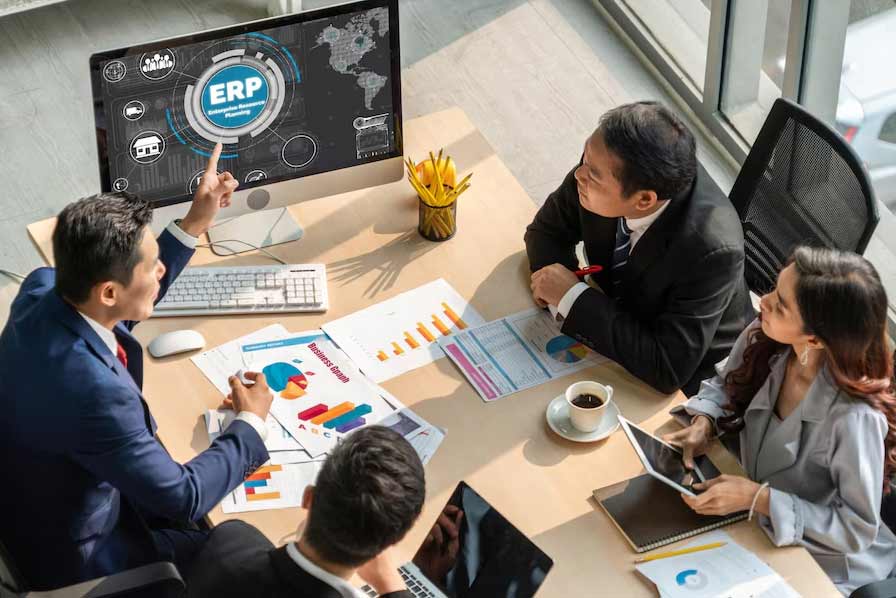
Types Of ERP
Not all ERP systems work the same way. Depending on how they’re set up and used, they can be classified into different categories. Here’s a quick look at the different types of ERP software:
Deployment Models: On-premise, cloud, and hybrid ERP solutions.
Architecture Models: Modular vs. monolithic ERP.
Business Scale: Small, mid-tier, and enterprise-level ERP systems.
Industry-Specific vs. Generic ERP: Custom-built for industries vs. all-purpose ERP software.
Each category affects how an ERP system functions, who should use it, and what kind of business problems it solves.
What Are The Different Types Of ERP Solutions In The Market?
ERP solutions come in various shapes and sizes, catering to different industries and business needs. The main types include:
Small Business ERP: ERP designed for startups and SMEs, offering essential functions without complexity.
Mid-Market ERP: Suitable for growing companies needing advanced features like multi-location management.
Enterprise-Level ERP: Built for large-scale organisations with complex processes and multiple departments.
Industry-Specific ERP: Customised solutions for sectors like healthcare, manufacturing, and retail.
Open-Source ERP: Allows businesses to modify and customise the software as needed.
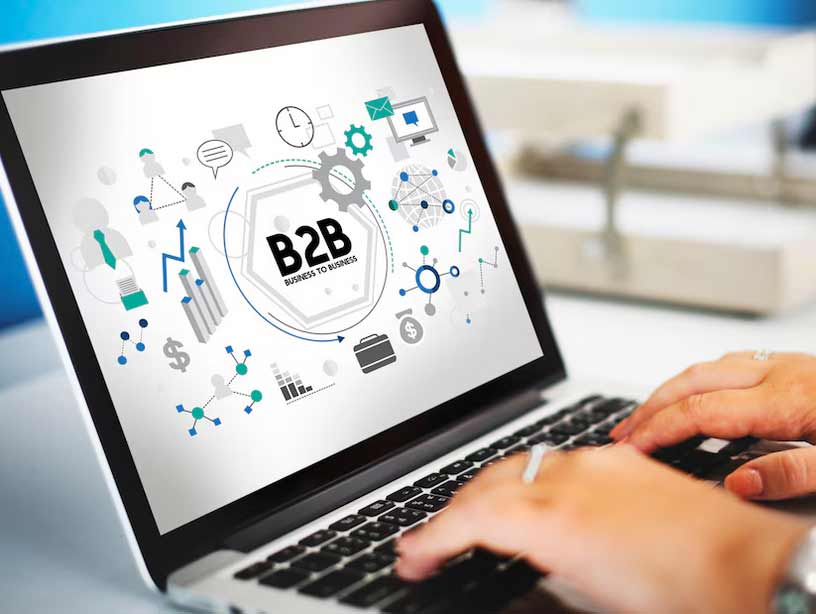
What Are The Types Of ERP Deployment Models?
As we saw above, there are different types of ERP packages. The deployment models of ERP are on-premise, cloud and hybrid. Let’s understand them in detail:
What Is On-Premise ERP?
An on-premise ERP system is installed on company-owned servers and managed in-house. Businesses have full control over the system, customisation, and security but must handle maintenance and infrastructure.
Key Features:
Complete control over data and security. No reliance on third-party cloud providers.
Highly customisable. Businesses can tailor features to specific needs.
Higher upfront costs. Requires investment in hardware, IT staff, and maintenance.
Longer implementation time. Setup, integration, and customisation take time.
What Is Cloud ERP?
In the era of the internet, where everything is online, businesses also need to go online. Cloud ERP surpasses the on-premise software which is why almost 53.1% companies have adopted cloud.
Cloud ERP is hosted on external servers and accessed via the internet. So, instead of:
Owning the software and servers
Dealing with updates
Training the employees
Having a tech team manage everything,
You get access to software in the cloud. Generally, service -centric industries and companies are adopting cloud ERP solutions.
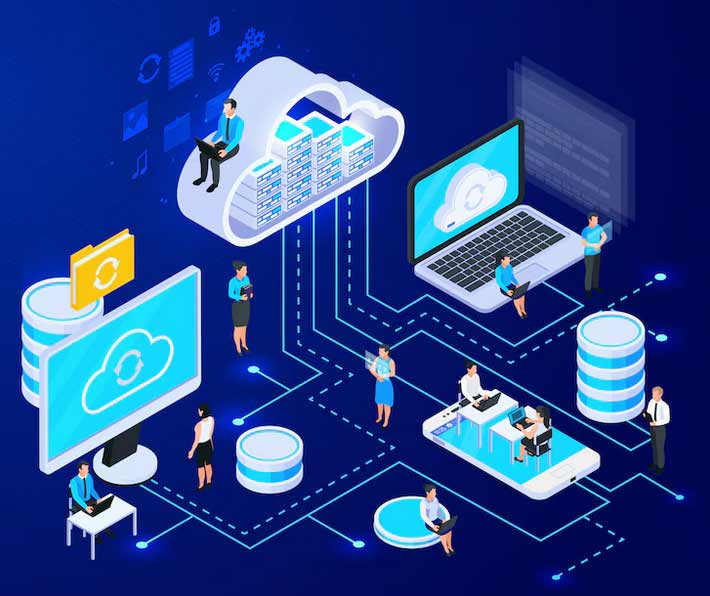
What Is Hybrid ERP?
A hybrid ERP system combines on-premise and cloud solutions, allowing businesses to store sensitive data on local servers while using cloud ERP for flexibility and remote access.
Key Features:
Best of both worlds. Retains security of on-premise with the flexibility of the cloud.
Cost-effective. Reduces IT expenses by using cloud features where needed.
Ideal for businesses transitioning to cloud ERP. Allows gradual migration.
Implementing hybrid ERP is not also not that easy. The following are challenges in ERP implementation:
Complex integration. Requires seamless communication between cloud and on-premise systems.
Higher IT involvement. Businesses still need IT teams to manage both systems.
Data synchronisation. Ensuring real-time updates between cloud and local servers.
What Are The Different ERP Architecture Models?
ERP architecture determines how the system is structured and how different modules communicate. The two main models are:
Monolithic ERP: A single, unified system where all functions are tightly integrated.
Pros:
Strong data consistency across departments.
Standardised processes and reporting.
Cons:
Less flexibility—customisation is difficult.
System-wide upgrades can be disruptive.
Modular ERP: Built with independent modules that can be added or removed as needed. This means different modules (finance, HR, inventory) can function separately while still communicating.
For example, a mid-sized eCommerce company may start with an inventory management module and later add HR and payroll as they scale.
Pros:
High flexibility—only pay for needed modules.
Easier updates and system upgrades.
Cons:
May require third-party integrations, increasing complexity.
Some modules may not communicate perfectly.
What Is ERP Classification And Scale?
Business mergers and expansions are common these days. But, what goes behind the scenes is how to migrate the current business data and scale it.
When scaling your ERP software, you need to think beyond current needs. The right ERP should support future growth without major disruptions. Ask yourself:
How many employees will grow that will need access to the system?
What amount of data needs to be processed on every single day basis?
How intricate are the levels of processes and operations?
This is where ERP classification and scale comes to rescue. It is a categorising method that refers to how Enterprise Resource Planning (ERP) systems are sorted out based on:
Company size (Startups, SMEs, Large Enterprises)
Operational complexity (Basic vs. Advanced Workflows)
Data processing needs (Volume of transactions, reporting)
Number of users (Few employees vs. multiple departments).
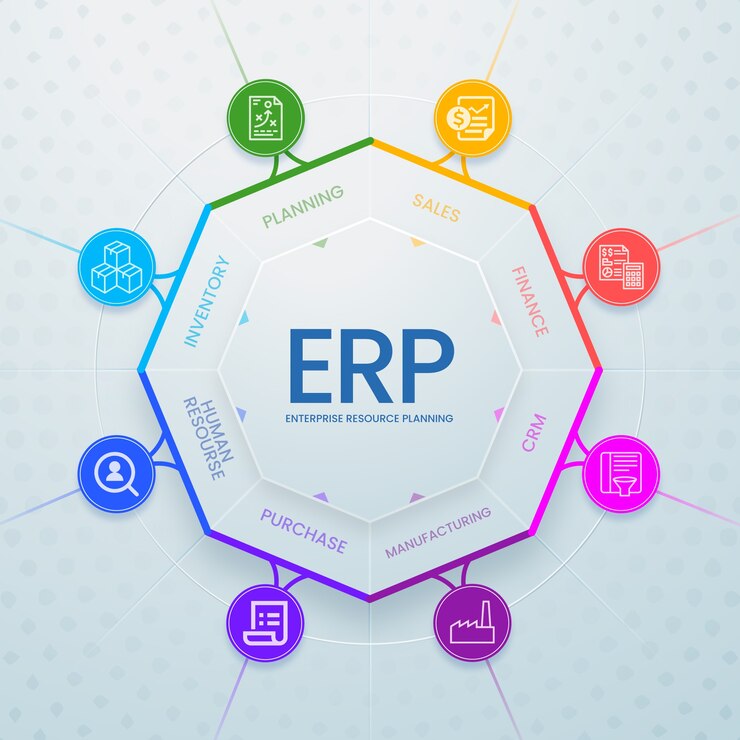
What Are The Three Common ERP Tiers?
ERP systems are divided into three tiers based on capabilities and target users:
| Tier | Business Type |
|---|---|
| Tier 1 | Large enterprises with global operations |
| Tier 2 | Mid-sized businesses with multi-location needs |
| Tier 3 | Small businesses needing basic ERP functions |
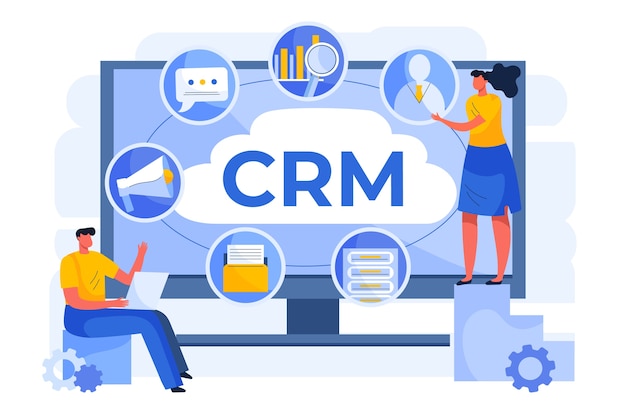
Difference Between Industry-Specific And Generic ERP
Now that you know what are the different types of ERP Tiers, let's understand the two types of ERP systems — industry-specific and generic ERP systems.
Generic ERP as the name suggests is a versatile enterprise resource planning system that provides general purpose functions that apply to all industry types. Well-reputed ERP software brands like Oracle and Microsoft fall under this category.
An industry-specific ERP is a software designed to fulfill the industry's unique needs. They are niche specific and come with pre-built features.
While the functionalities are similar to generic ones, they include additional features directly applicable to niche sectors. For example, a plastic product manufacturing company will need PLM, or MRP for managing the product Life cycle stages.
Below is a detailed comparison of Generic vs Industry-specific ERP:
| Feature | Industry-Specific ERP | Generic ERP |
|---|---|---|
| Customisation | Comes with pre-built industry-relevant features, reducing customisation efforts | Requires extensive customisation to meet specific industry needs |
| Implementation Time | Faster implementation due to ready-to-use modules | Longer setup time due to necessary configurations and integrations |
| Cost Efficiency | Higher initial investment but lower long-term costs due to minimal modifications | Lower initial cost, but higher expenses in personalisation of features and its maintenance |
| Flexibility | Super flexible | One-size-fits-all solutions that may or may not suit every enterprise |
| Scalability | Easily scales with industry demands without requiring major overhauls | May struggle to scale efficiently without costly custom development |
| Usability | Intuitive and designed for specific industry users, reducing the learning curve | Requires additional training and adaptation for industry-specific operations |
| Best Suited For | Businesses operating in sectors like manufacturing, healthcare, retail, and logistics | Companies looking for a broad ERP solution that fits multiple industries |
So, while generic ERP solutions are widely used, they have their cons like:
Need of heavy customisation and workarounds
Can bring complications in implementation
Demand intensive maintenance.
Huge time investment for implementation.
Instead, a customisable ERP solution like Eklavya ERP bridges the gap between industry-specific needs and scalability.
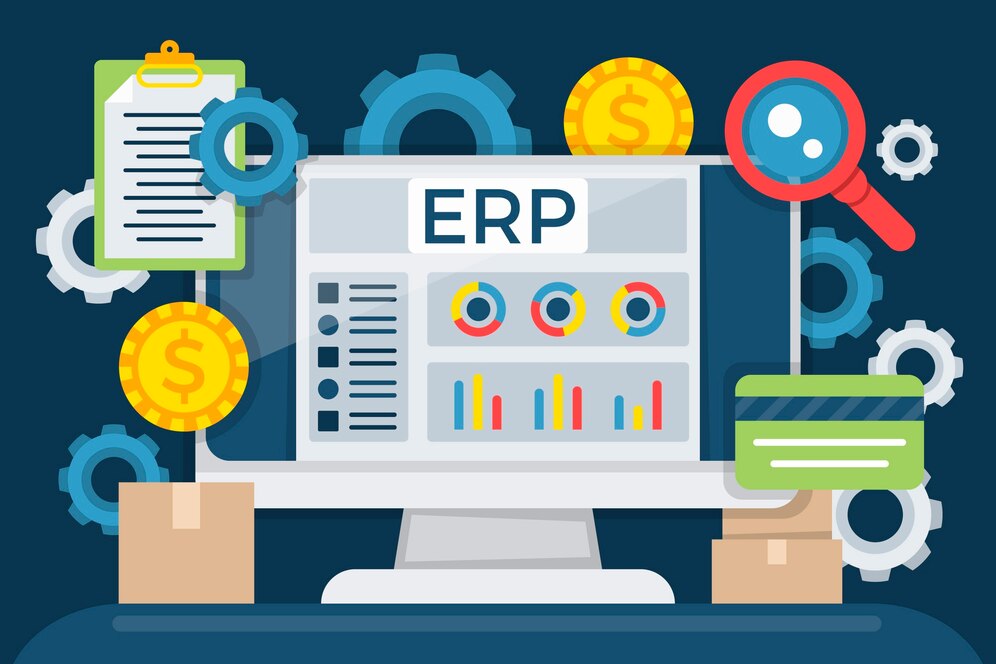
Final Thoughts: The Smarter Way to ERP Success
We saw how different types of ERP software solutions serve distinct needs of businesses. Selecting the right type of ERP system depends on:
Size of your business (Small, Mid-Tier, Enterprise)
Security and control needs (On-premise vs. Cloud)
Scalability requirements (Modular ERP for flexibility)
Industry demands (Generic vs. Industry-Specific ERP)
If any choice goes wrong, then that choice can lead to:
Operational inefficiencies
Increased capital loss
Disturbance in daily workflow.
Delay in implementation
Ekklavya's ERP is the best of both worlds—industry-specific yet highly customisable. Our ERP automation software comes with integrations like:
eAIMS
eCampus
eRecruitX
Besides, we offer additional customised features that apply to your niche industry so that you don't need to worry about unnecessary investments. So why wait?
Future-proof your business with an ERP that adapts to you—choose Eklavya.
Frequently Asked Questions About Types Of ERP
On-premise, cloud and hybrid ERP are the three main types of ERP systems.
ERP classification and scale is sorting and categorising ERP software by its features, the size of businesses it suits, and how it's deployed.